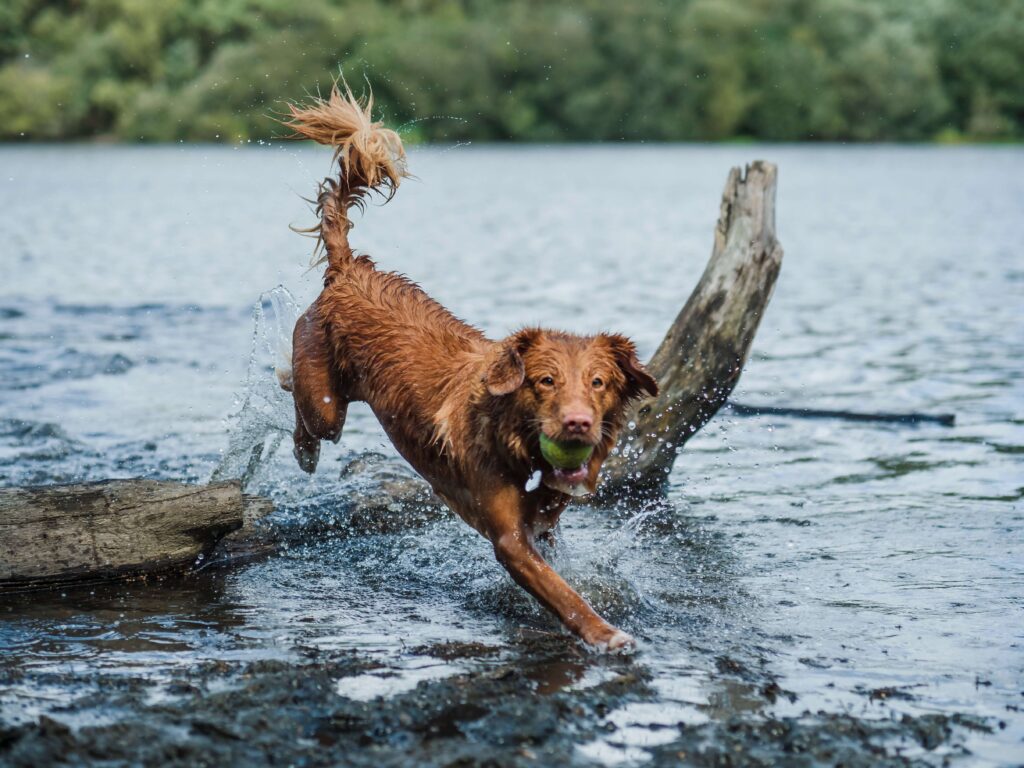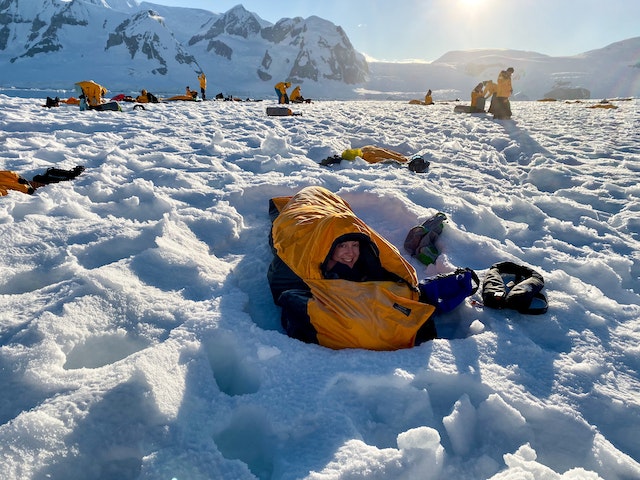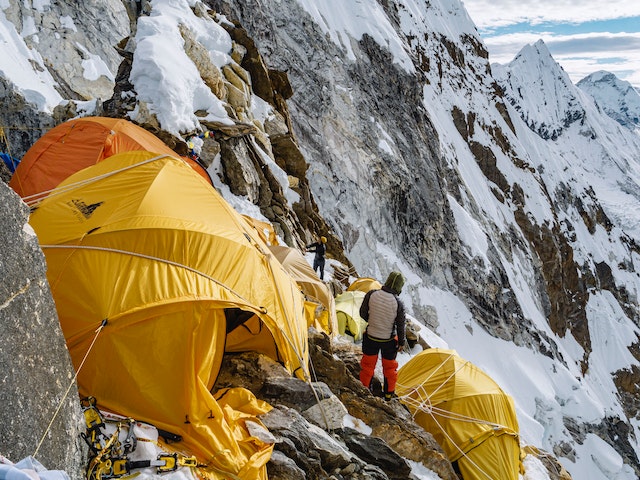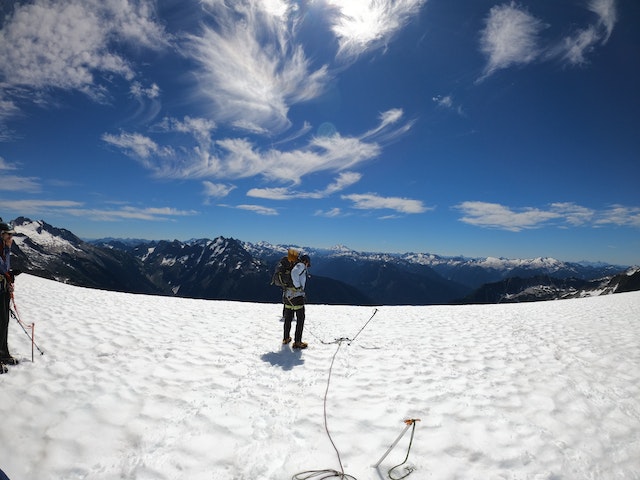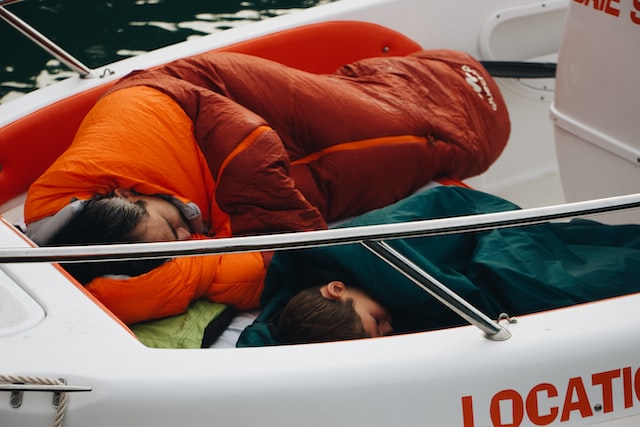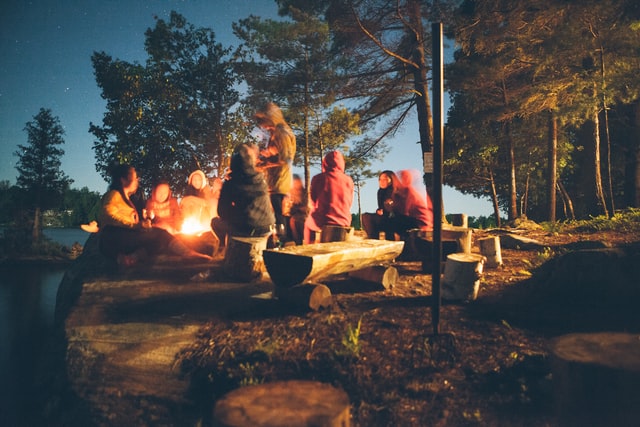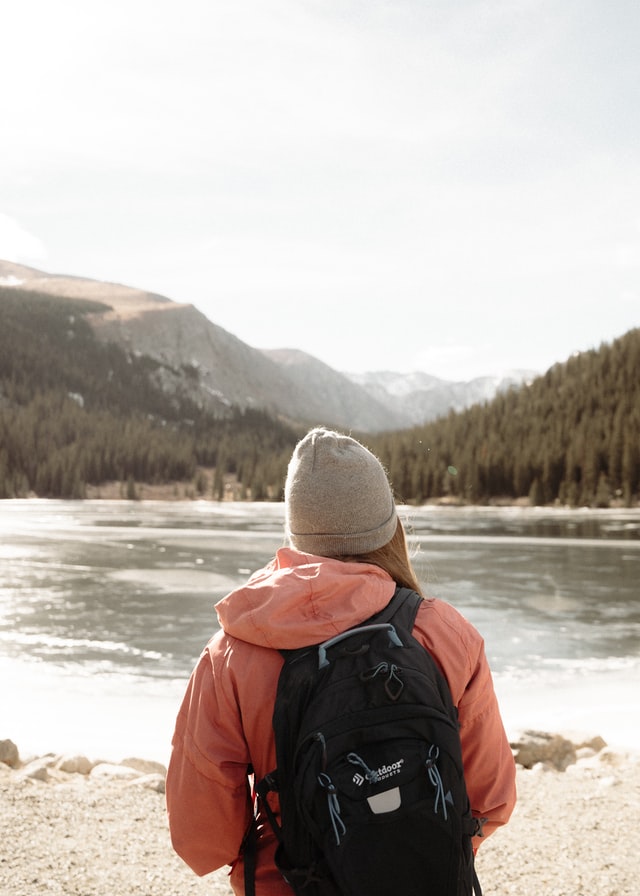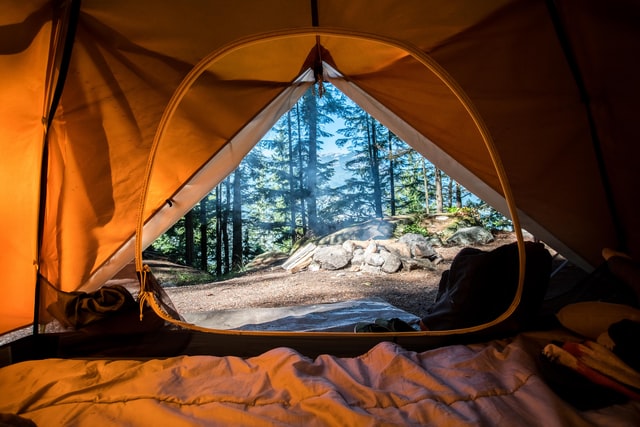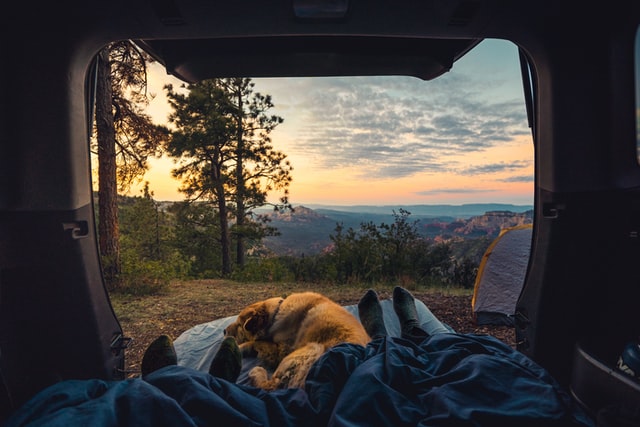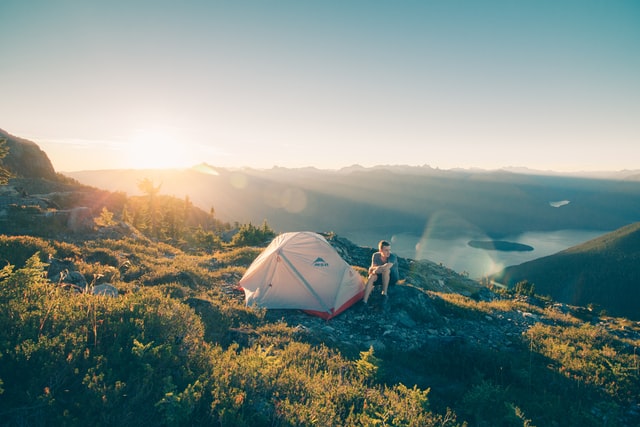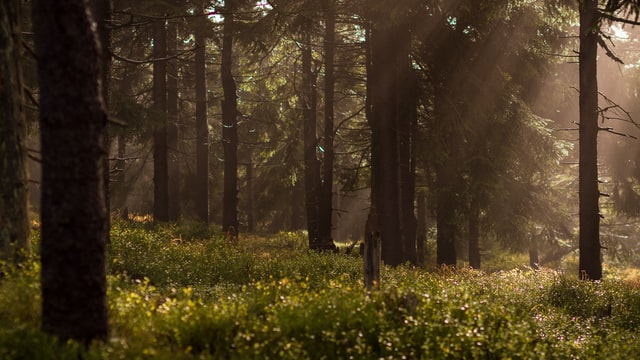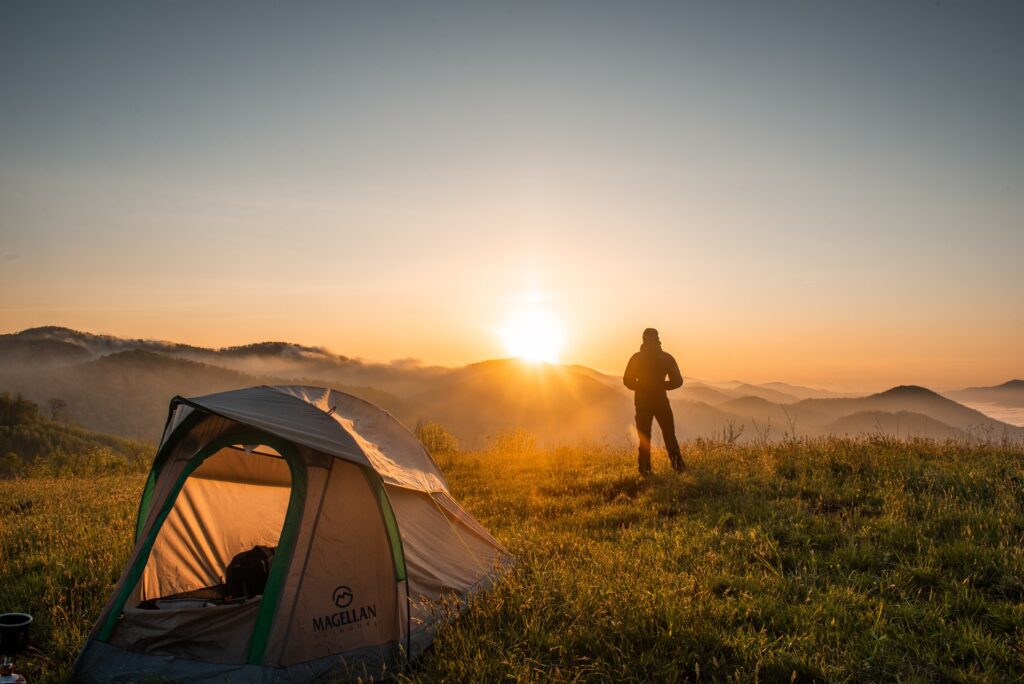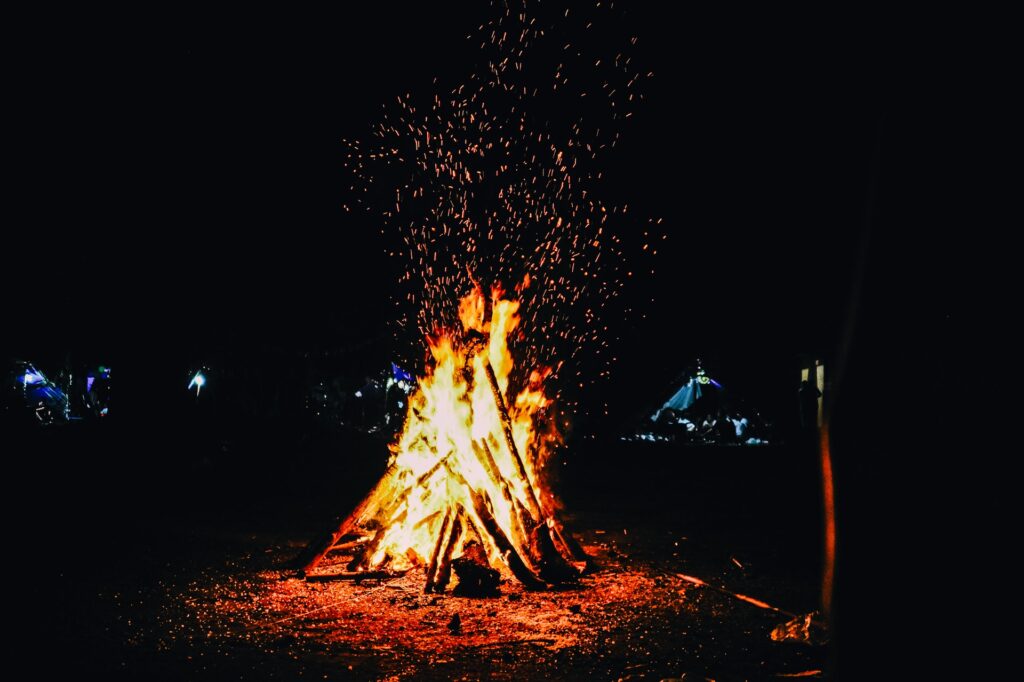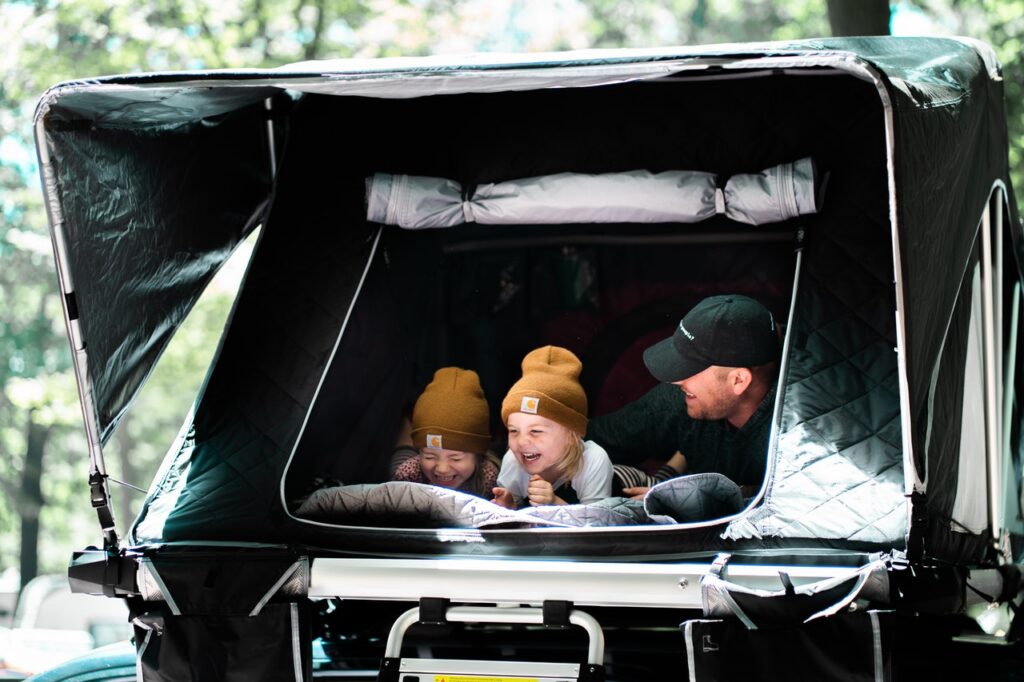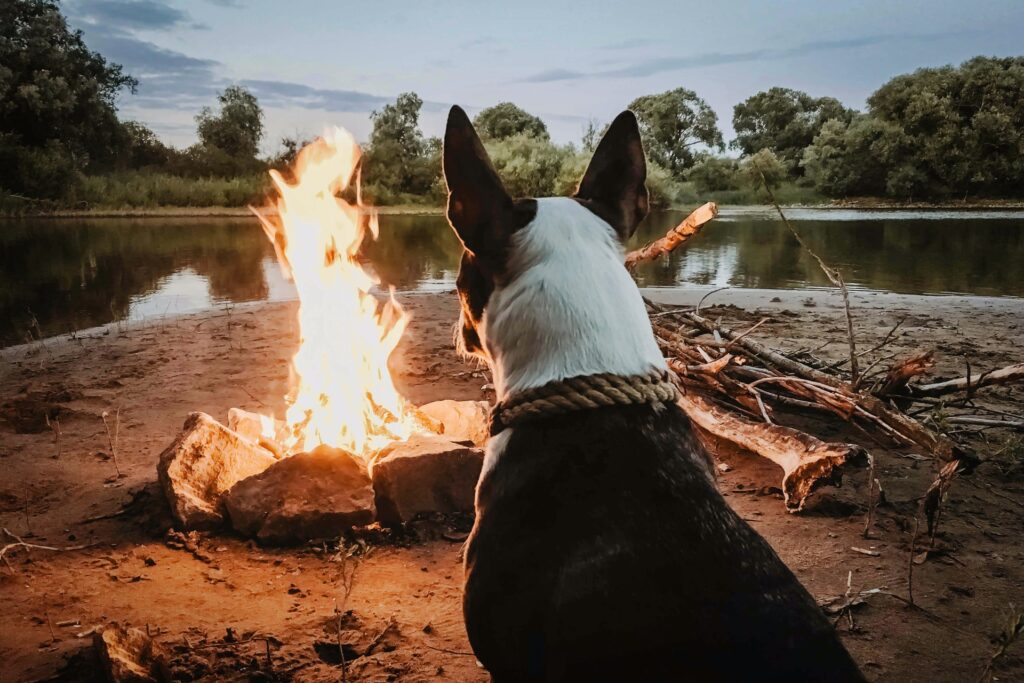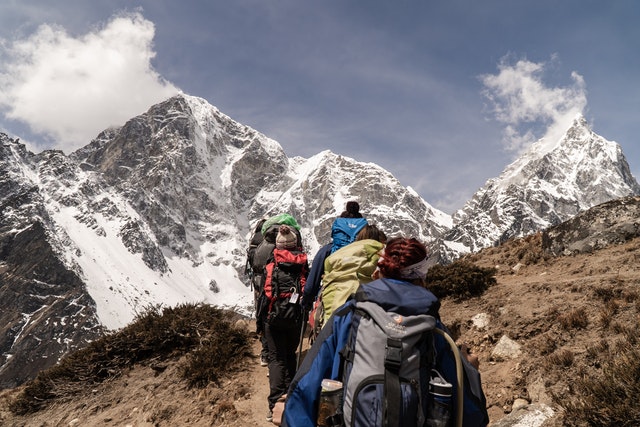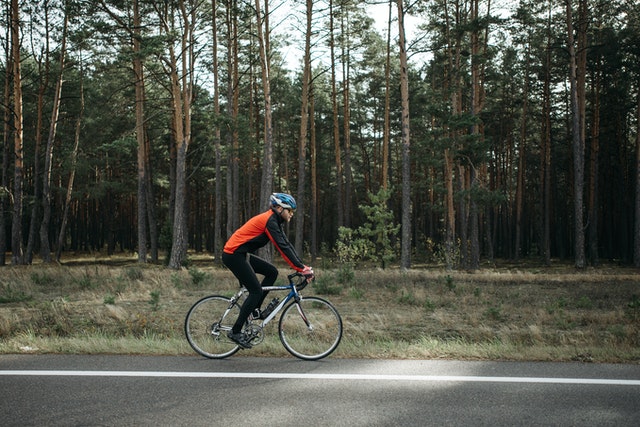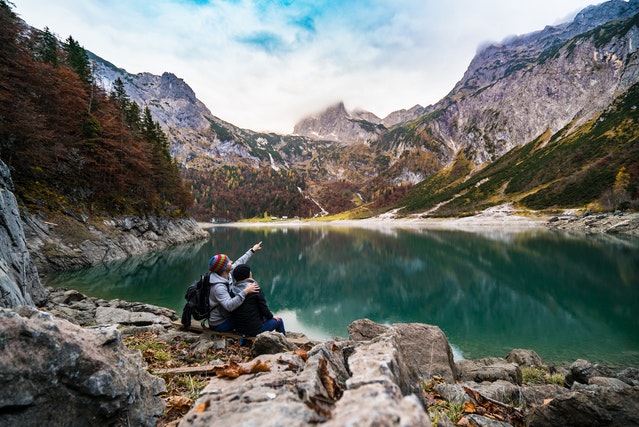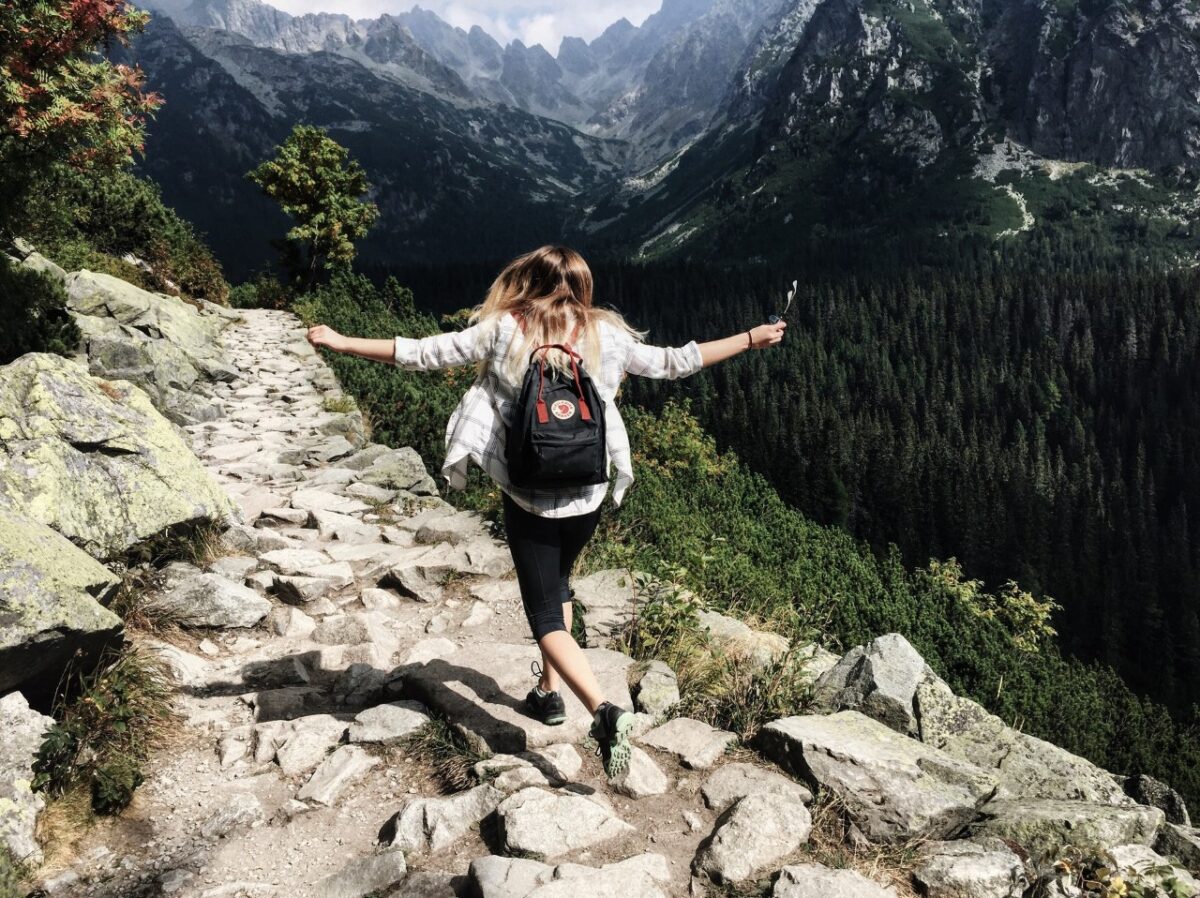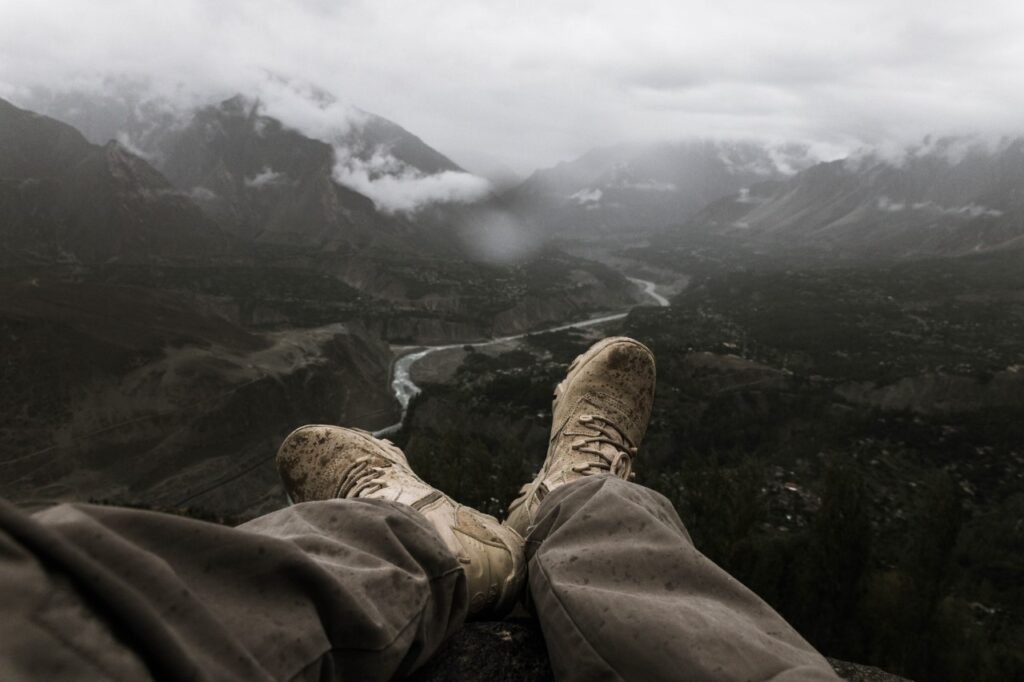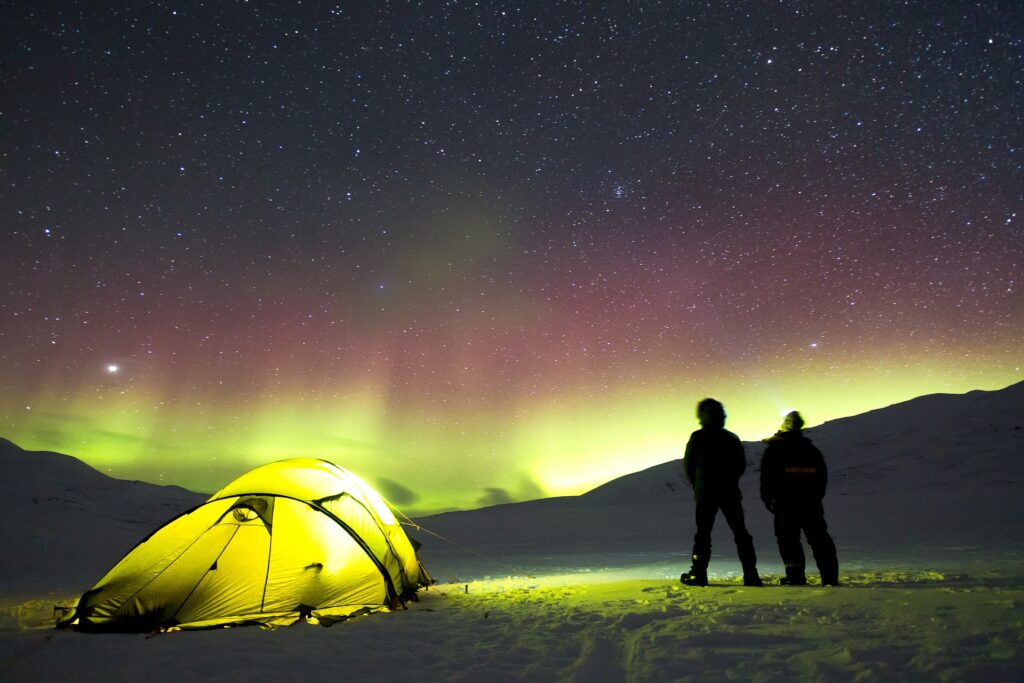
Camping has many benefits for your mental well-being, which is why many people love it. It allows you to escape the hustle and bustle of the urban lifestyle and concrete jungles. It helps you reconnect with nature and find peace. However, preparing adequately for your camping trip is extremely important.
With winter on its way, many people are slowly getting ready to spend their nights camping in a tent surrounded by frost or even snow. Experienced campers know pretty well how essential the preparation for camping in freezing weather is compared to camping in the woods during summer. If you’re used to regular camping in a warmer environment, be prepared to pack more gear for your winter camping venture. Let’s discuss some gear essentials for winter camping.
Proper clothing
The first and foremost item on the list. Your clothes are the primary means of keeping yourself warm. On top of the standard thick winter clothes, you will need a proper outdoor jacket. Your winter jacket will have to be waterproof and able to resist harsh winds that often gust on mountains. It should also have a water-resistant hoodie to provide further warmth to your head.
Your winter boots are another extremely important piece of clothing to consider. Good winter boots are able to keep your feet warm and dry even in knee-deep snow. The soles need to be comfortable so that you can travel without your feet hurting while hiking.
Some other pieces of clothing to consider for winter camping are warm and water-resistant gloves or mittens, a winter hat that covers your ears, socks that go up to your knees, insulated trousers, base layers and a fleece jacket. Consider the weather you expect to encounter on your camping trip and pack accordingly.
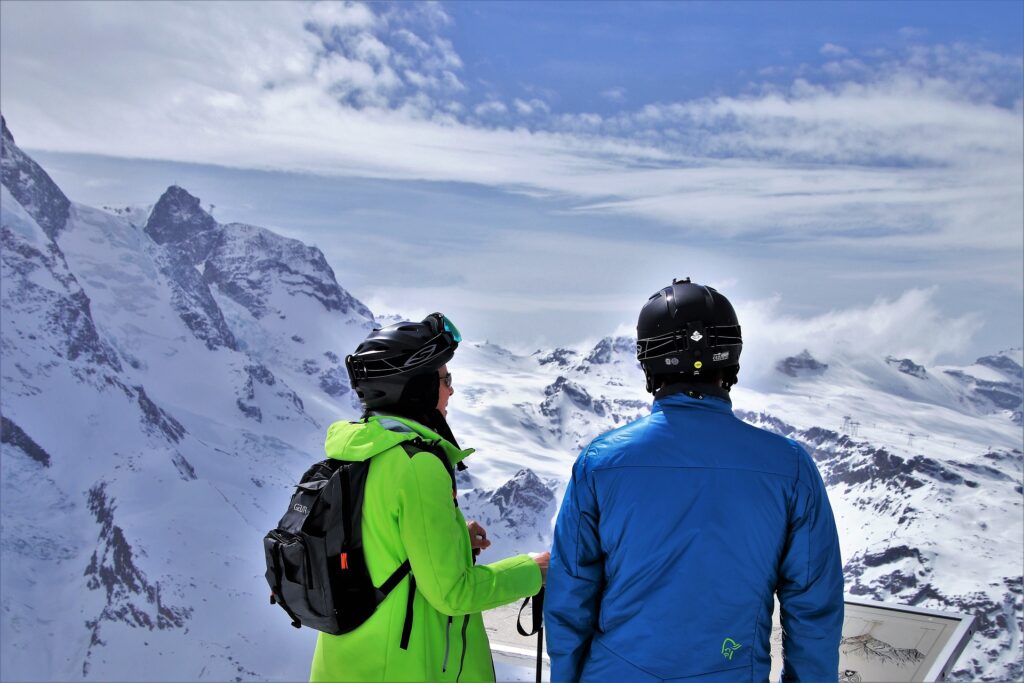
Snow-walking equipment
If you’re camping in the wilderness surrounded by frost or untouched snow, you will need ice grips or snow shoes. Traversing frozen ground or snow is not only tiring but can be dangerous. You need something that will give you grip when walking on frozen terrain or something to spread your weight evenly if hiking in snow
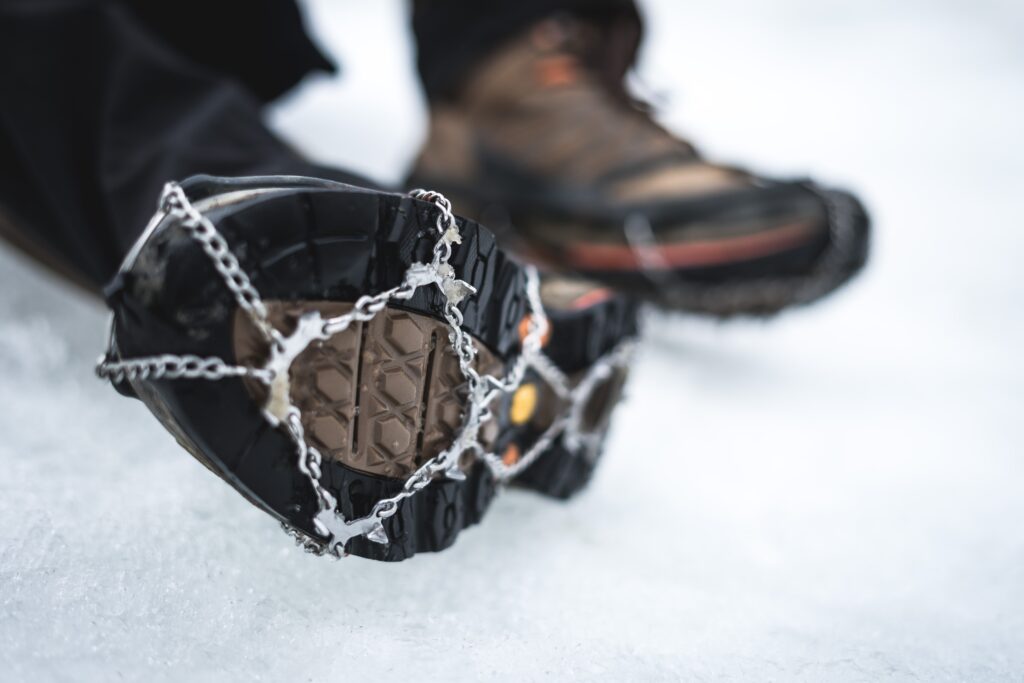
Choosing the right tent
One of the main gear essentials for winter camping is, of course, the tent. However, you will need a more durable tent for winter camping than you normally would during meek summer days. Winter tents, also known as 4-season tents, are heavier-duty than regular ones. They are able to withstand harsher winds and keep you warmer. They are also generally smaller than regular tents and are thus easier to pack and carry.
How you pack your tent is going to majorly influence the amount of space it takes. A well and tightly-packed camping gear will allow you to bring it along safely without wasting room in your backpack. It is not just the tent itself you have to worry about when packing camping gear, however. There are also tent poles, stakes, your sleeping bag, and other items you’ll have to find room for in your backpack. This is why it is important to know tips for packing camping gear that is bulky.
Tools for navigation
Having a way to orient yourself is essential to avoid getting lost, especially at night, so it is good to always have a phone app, a GPS, a map, or a simple compass on you. Unfortunately, phone batteries drain faster in cold weather. Keep your phone tucked into your jacket to prolong its battery’s lifespan, and make sure it’s fully charged before leaving the camp.
Lightweight snow shovel
Shovels are highly versatile. It is crucial to have one in case of an emergency. However, you can also use it around your camp. You can construct wind barriers around your tent by piling up snow. This will provide an additional layer of protection to your camp for extra warmth. The shovel will need to be lightweight and not too big, so it doesn’t take up a lot of space in your backpack.
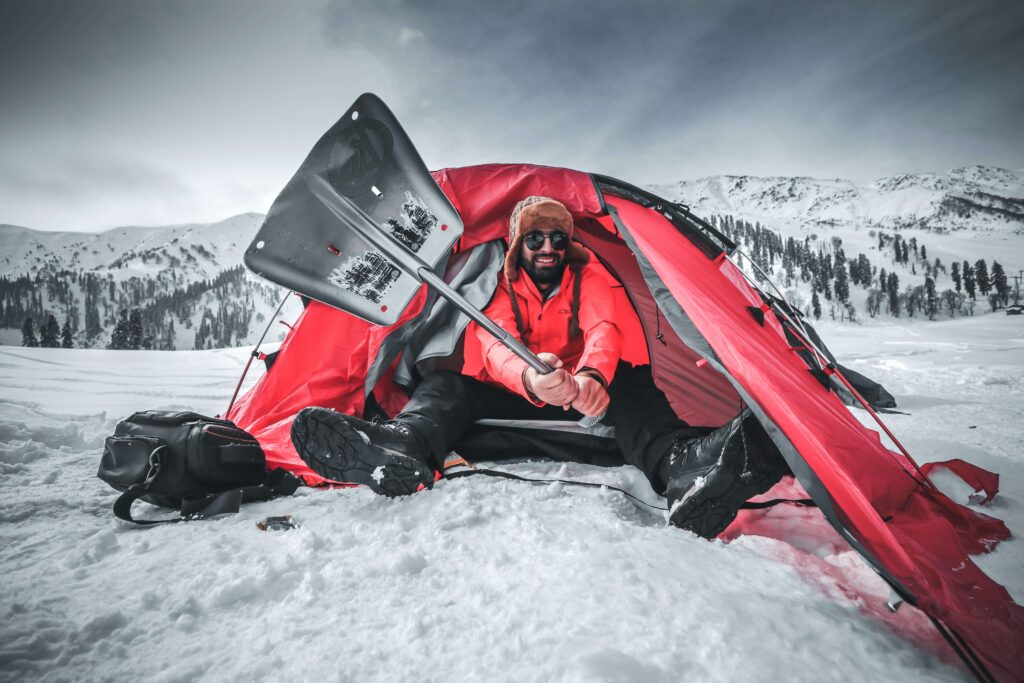
Keeping yourself warm at night
The choice of your sleeping bag is going to drastically change how warm you will be at night. You want to get a proper cold-weather sleeping bag rated for temperatures lower by at least 5 degrees than you would expect them to be.
An insulated sleeping pad is another one of the gear essentials for winter camping. It puts distance between you and the cold ground. Without it, your sleeping bag will lose a lot of heat it’s trying to conserve.
Food preparation
Finally, there is the question of food preparation. Being able to have a hot meal or drink is one of the best ways to increase your body temperature in cold weather. Your stove will need to be reliable and efficient. For this, canister stoves are your best best. They are compact and very easy to use and carry. Some canister stoves have additional features that shield the burner, allowing you to use them in very windy conditions. Remember to always bring a few more fuel canisters for your stove than you think you’ll need.
Final thoughts
As you can see, winter camping takes a bit more consideration and preparation than camping during warmer seasons. There were some of the gear essentials for winter camping for you to keep in mind. Good luck on your next camping trip, and stay safe!



